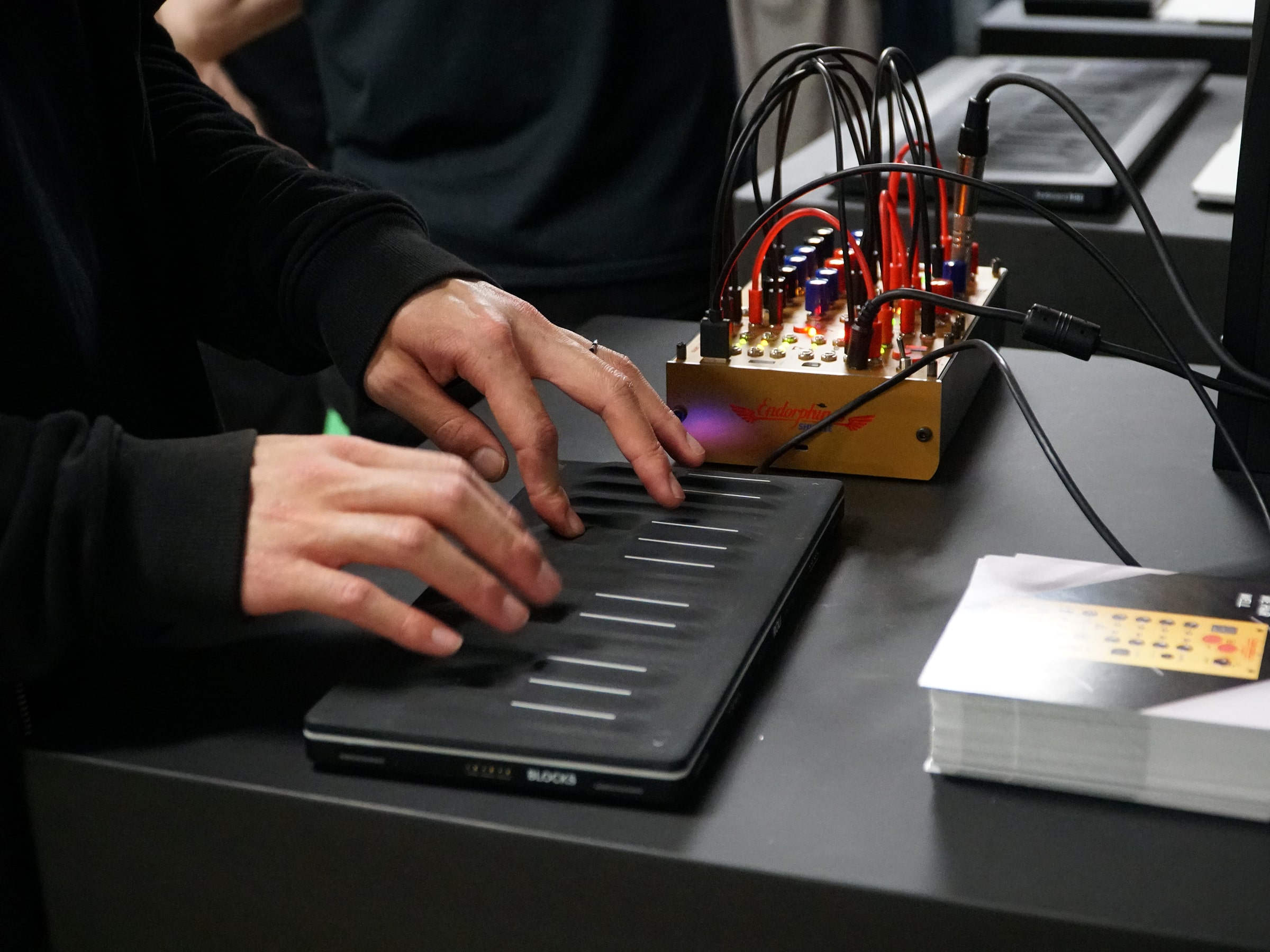
If you don’t know what MPE stands for, you definitely should. MPE stands for MIDI Polyphonic Expression—and yes, it’s awesome! It’s a new way to play that brings the articulation of acoustic instruments into the world of electronic music. Picture it. When you pick up a guitar and play it, there’s much more than just the pitch of the note you’re playing that affects the note. There’s bend, plucking, dragging, hitting, and the stiffness in which you give it your special expression. With MPE, this is all possible on your MIDI keyboard controller.
MPE: the Whole Picture
Wiggle your fingers, hold the note, play hard or soft, or even slide your hands. These gestures can now be part of your sound to enhance your music production. All these acoustic elements and the reproduction of the language—like the orchestration of it, the dynamics, loudness, and timbre—converted into complex calculations to trigger harmonics, LFO‘s, filters, and envelopes. MPE truly brings to us, on an electronic playing experience, the chance to design sound with a different perspective. Currently, thanks to MPE technology, we can express the tactile playing that guitarists, percusionists, vilonists, and other acoustic instruments have. We can feel the playing of their hands and fingers in the same way.
It’s really amazing to have this form of expression. When you play your MPE capable synthesizers with your fingers, you can do it like a cellist bends a string to bring magical color and shape to his performance. But you do it with the movement of your finger. You can create timbres for each note or give a different character to each note when you release it. Additionally, you can also change the sustained sound with the pressure that you apply. Combine all these with the sliders and knobs available on your MIDI keyboard controller and get some serious interesting sounds for your music production projects.
Image: cdm
